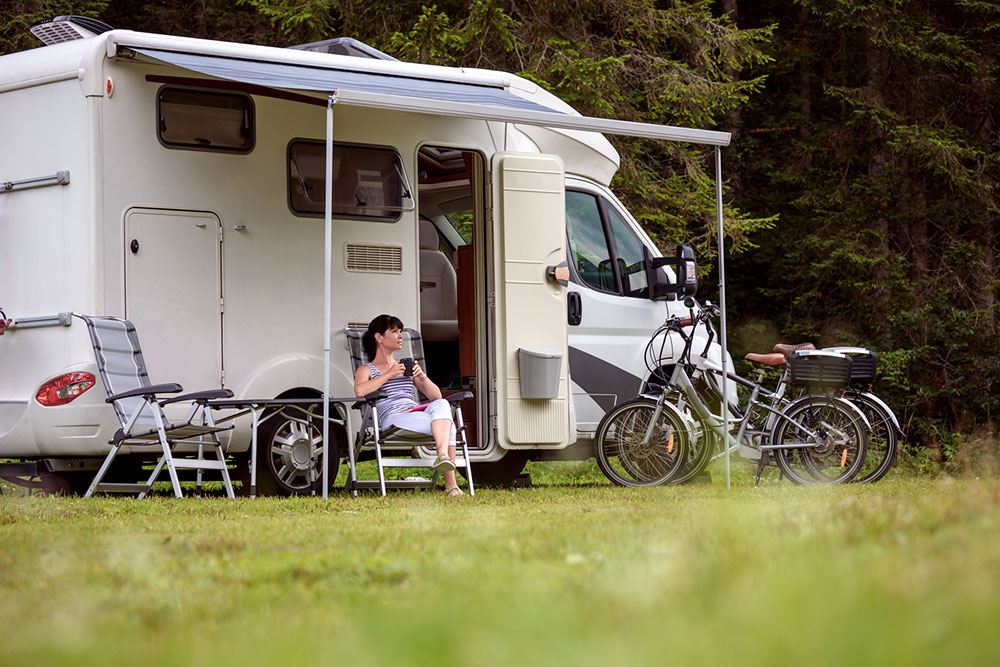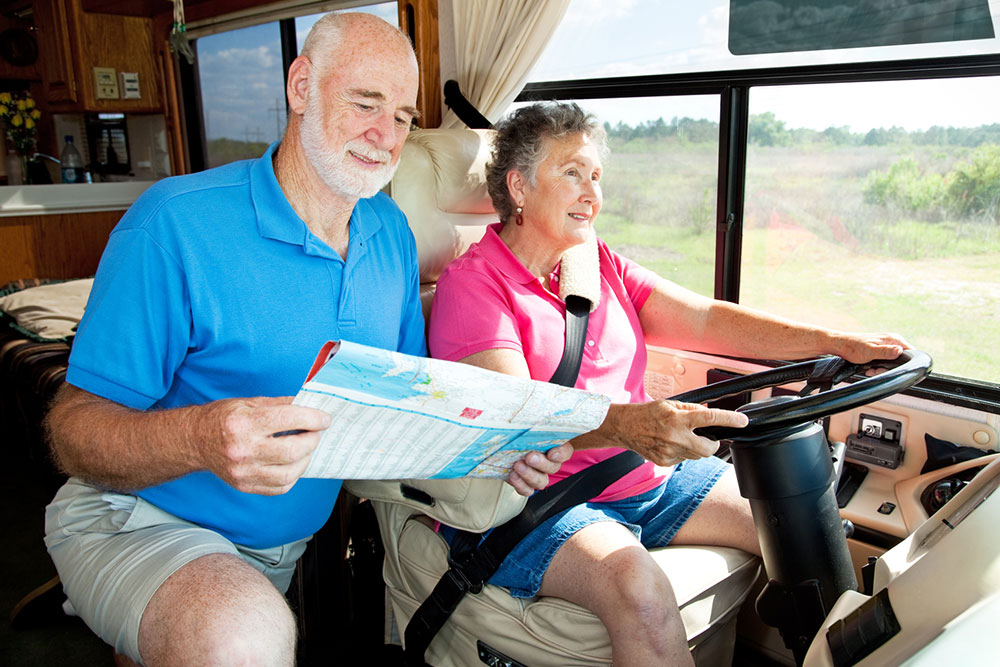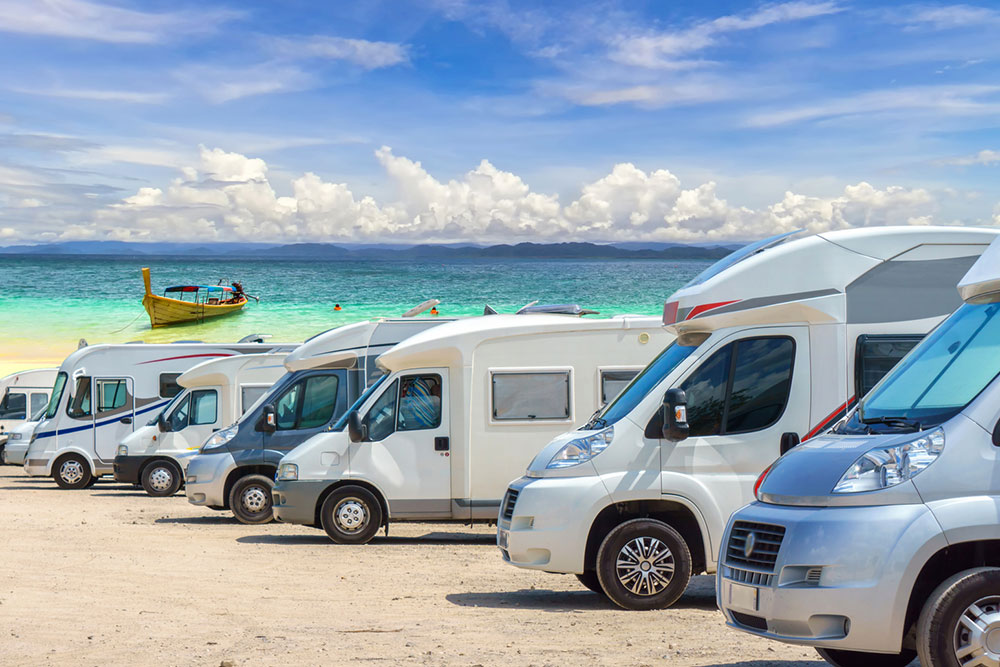Effective Tips for Pricing Your Used RV Competitively
Learn essential strategies for pricing your used RV effectively. From assessing condition to market research and upgrades, these tips help you set a fair price that attracts buyers. Stay flexible, honest, and informed for a successful sale process.

Selling a pre-owned RV requires careful research, honesty, and understanding market dynamics. Whether upgrading or moving on, setting the right price is essential for a quick and smooth sale. Here are key strategies to determine a fair and attractive price that accurately reflects your RV’s value.
1. Assess Your RV’s Condition
The overall condition significantly impacts its worth. Perform a detailed inspection, noting any wear, repairs needed, and cleanliness. Well-maintained, damage-free RVs tend to command higher prices.
Transparency about your vehicle’s state builds trust and mitigates disputes during negotiations.
2. Research Similar Listings
Check RVTrader, Craigslist, and other online platforms to review prices of comparable models in similar condition, year, and make. This helps you understand current market trends and position your price competitively.
3. Consider Depreciation
RVs typically depreciate about 20% in the first year and 10% annually afterward. Use depreciation tools to estimate your RV’s current market value based on age and condition. Upgrades like solar panels or new appliances can add value; document them when listing your RV.
4. Factor in Upgrades and Features
Enhancements such as new suspension, appliances, or solar energy systems can increase appeal. Focus on high-impact upgrades and provide proper documentation to assure buyers of their worth.
5. Recognize Seasonal and Market Factors
Demand fluctuates with seasons and economic conditions. Typically, sales peak in spring and summer. Adjust your pricing accordingly to reflect current market realities.
Professional appraisals can ensure your asking price aligns with market standards and boost buyer confidence.
6. Seek Professional Appraisal
Hiring a certified appraiser offers an unbiased valuation, factoring in condition, upgrades, and trends. This can help set a realistic price and facilitate negotiations.
7. Price Strategically for Negotiations
Set your initial price slightly above your minimum acceptable amount, providing room for bargaining. Avoid overpricing, which deters buyers, or undervaluing your RV.
8. Highlight Unique Attributes
Showcase special features like low mileage, single-owner history, or rare layouts with clear photos and detailed descriptions. Such details attract more interest.
9. Be Transparent About Additional Costs
Clarify expenses such as registration, inspections, or any pending loans, as they influence the final sale price. Clear communication facilitates smoother negotiations.
10. Remain Open to Offers
Stay flexible and willing to negotiate. A receptive attitude can lead to faster, successful sales. Use initial offers as a foundation for discussions.
Summary
Proper pricing combines condition assessment, market understanding, and highlighting features. Applying these tips ensures you set a fair, appealing price that attracts buyers and results in a successful sale. Stay adaptable and honest throughout the process.
Happy selling!


